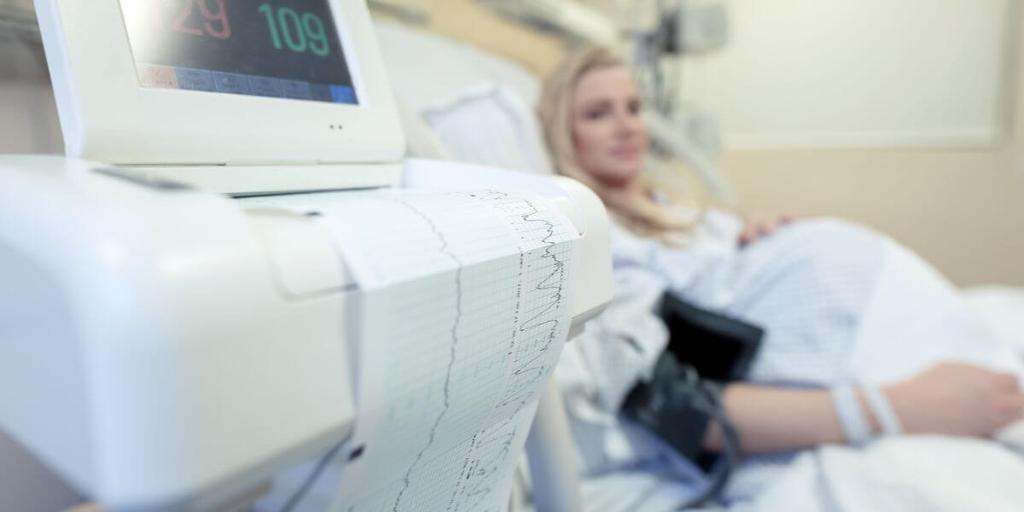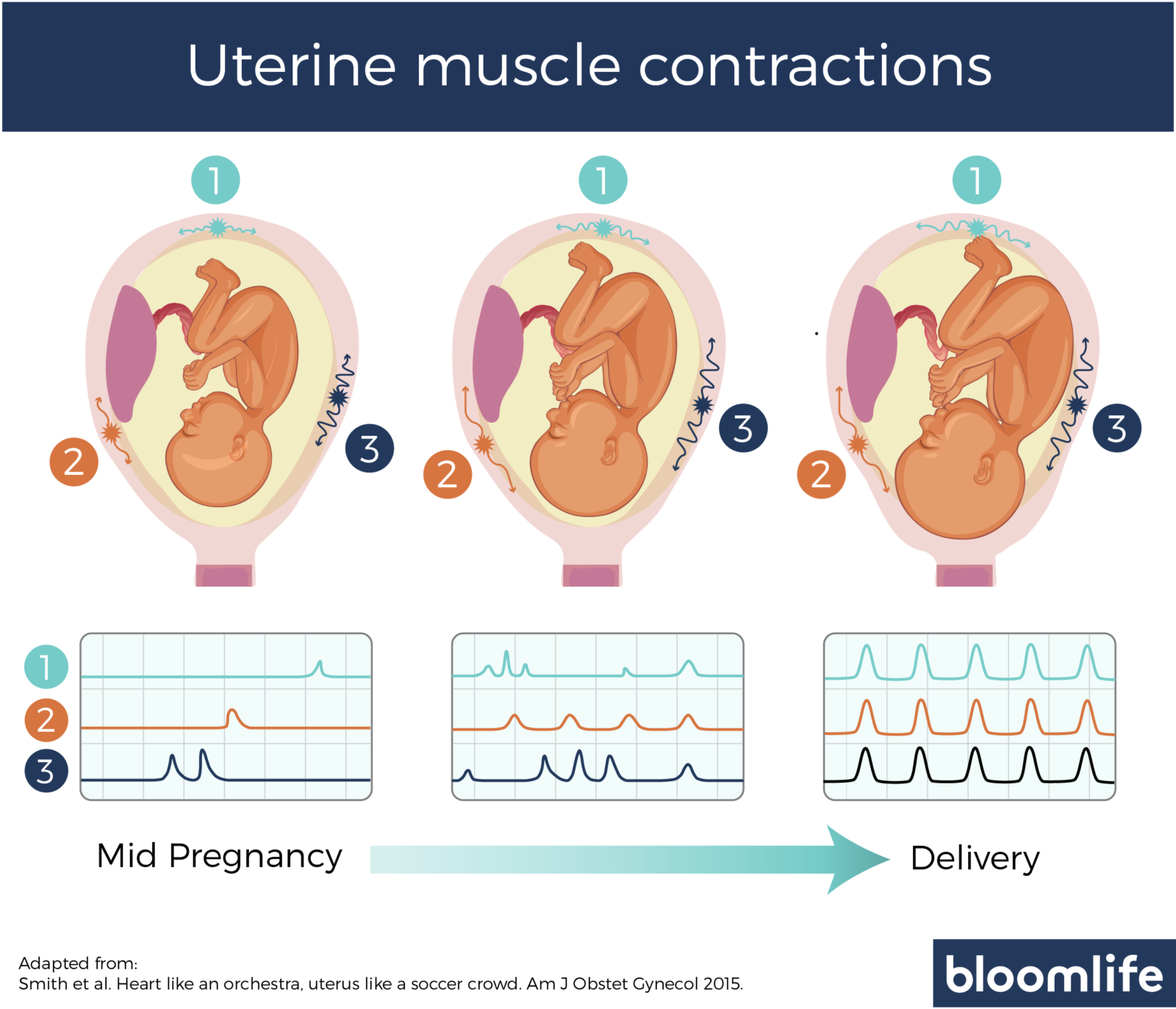Title: Witnessing the Rhythmic Dance of Contractions on a Monitor

Image: www.peanut-app.io
In the hushed atmosphere of the hospital room, where anticipation and anxiety intertwine, a monitor stands sentinel, painting a captivating tapestry of the body’s miraculous journey. As life prepares to embark on its most profound adventure, the screen flickers, revealing a dance unlike any other: the dance of contractions.
Contractions: A Symphony of Uterine Waves
Contractions are rhythmic tightening and relaxing sequences of the uterine muscles. They play a crucial role in the birthing process, serving as the catalyst that prepares the cervix for dilation and the baby’s descent. On the monitor, these contractions translate into distinct patterns of spikes and valleys, each telling a unique story.
Phases of Contractions
The typical contraction consists of three distinct phases:
- нарастание: The tightening of the uterine muscle, gradually building in intensity.
- Peak: The crescendo of the contraction, when the muscle reaches its maximum tension.
- Relaxation: The gradual release of the uterine muscle, returning to its resting state.
Monitoring Contractions
During labor, healthcare professionals use the monitor to track the progress and frequency of contractions. The monitor displays:
- Frequency: The number of contractions per hour or minute.
- Duration: The length of each contraction.
- Intensity: The peak amplitude of each contraction, indicating the strength of the uterine muscle.
Interpreting the Patterns
As the monitor paints its portrait of contractions, it provides valuable insights into the labor process:
- Early Labor: Contractions occur irregularly, lasting around 30-60 seconds, with a frequency of 5-20 minutes apart.
- Active Labor: Contractions become more frequent (3-5 minutes apart), stronger (lasting 60-90 seconds), and gradually increase in intensity.
- Transition Phase: Contractions reach their peak frequency and intensity, occurring as often as 2-3 minutes apart.
- Pushing Phase: Contractions become more powerful and sustained, urging the mother to cooperate in the delivery of the baby.
The Emotional Journey of Contractions
Beyond the scientific data graphed on the monitor, contractions hold a profound emotional significance for the birthing mother. They represent both moments of intense physical effort and the tangible evidence of a new life taking shape.
With each rhythmic tightening, a surge of primal power washes over her, reminding her of the strength and resilience that reside within her body. Yet, through the pain and discomfort, there is also a sense of anticipation, a growing realization that the culmination of her journey is imminent.
Wrap-up: From Flutterings to Fulfillment
From the initial flutterings to the mighty crescendo, the dance of contractions on the monitor captures the essence of labor: a journey of pain, perseverance, and the profound transformative power of childbirth. As the monitor traces the rhythms of life’s most intimate process, it bears witness to the incredible strength and resilience of the women who embrace it.

Image: bloomlife.com
What Do Contractions Look Like On The Monitor


/GettyImages-1303637-two-way-mirror-57126b585f9b588cc2ed8a7b-5b8ef296c9e77c0050809a9a.jpg?w=740&resize=740,414&ssl=1)


